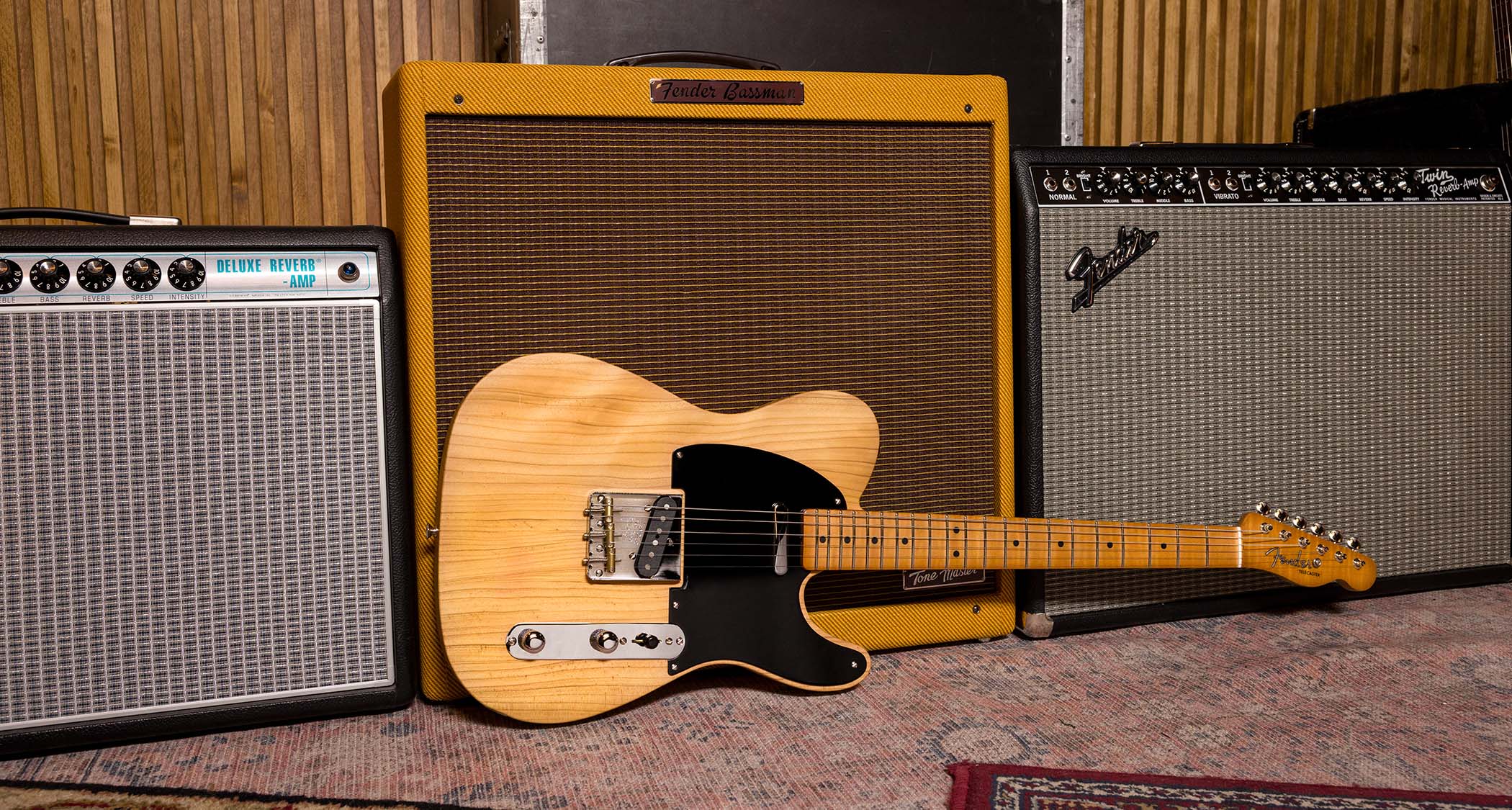How to use dynamic variation to make your solos really sing
Steve Stine grabs his PRS SE and shows you how to play with the idea of opposing sides
Sure, you might have all your electric guitar techniques and tricks down cold, but that doesn’t necessarily mean your playing is going to sound engaging and exciting to the listener.
If you find your licks and solos coming off a bit rote or stale from time to time, we suggest adding some dynamic variation to your playing.
What is dynamic variation, you ask?
According to guitar teacher Steve Stine, dynamic variation is a way to “make your guitar solos a little more creative and a little more interesting sounding for both you and the listener.”
To show you how to do this, Stine grabbed new PRS SE Mira and Starla models, which, with their versatile tonal features, including push/pull tone pots for coil splitting, are ideal for adding contrast and variation to guitar playing.
If we think about lower on the guitar as kind of whispering to a listener, and we get to the middle of the guitar, now we’re talking to somebody. And as we get higher up we’re kind of yelling at them
The basic premise of dynamic variation, Stine says, is “trying to play with the idea of opposing sides. So if I do something that’s fast I try and follow it up something that’s slower. If I do something that’s louder I try to follow it up with something that’s softer.”
Stine begins by showing how to play with volume and picking dynamics. “The Mira does a really great job of cleaning up if I back off the volume,” he says, adding that he can also add contrast to his playing by changing his picking attack or switching from the bridge to the neck pickup for different tonal color.
All the latest guitar news, interviews, lessons, reviews, deals and more, direct to your inbox!
A second variation, he continues, is to play on different areas of the fretboard.
“When you’re soloing you’re really trying, in essence, to sing on the guitar,” he says.
“If we think about lower on the guitar as kind of whispering to a listener, and we get to the middle of the guitar, now we’re talking to somebody. And as we get higher up we’re kind of yelling at them.”
Other dynamic variations include playing fast or slow; using single notes versus chord fragments; incorporating bends and slides; picking every note versus playing legato; and mixing up pentatonic and diatonic scales.
“If you play all the notes all the time, nothing really sounds new or fresh,” he says.
Finally, Stine runs through the ideas of playing vertically on the neck rather than just staying “in the box,” and also the idea of switching between sequential and intervallic motions – which sounds complex but just refers to “jumping around” the notes in a scale.
“Basically all I’m doing is just missing certain notes and then, possibly, coming back to them,” he says.
The idea, in essence, is to think outside the lines when it come to your playing.
Rather than only practicing scales or speed, Stine says, “practice creativity.”
Rich is the co-author of the best-selling Nöthin' But a Good Time: The Uncensored History of the '80s Hard Rock Explosion. He is also a recording and performing musician, and a former editor of Guitar World magazine and executive editor of Guitar Aficionado magazine. He has authored several additional books, among them Kurt Cobain: Montage of Heck, the companion to the documentary of the same name.

